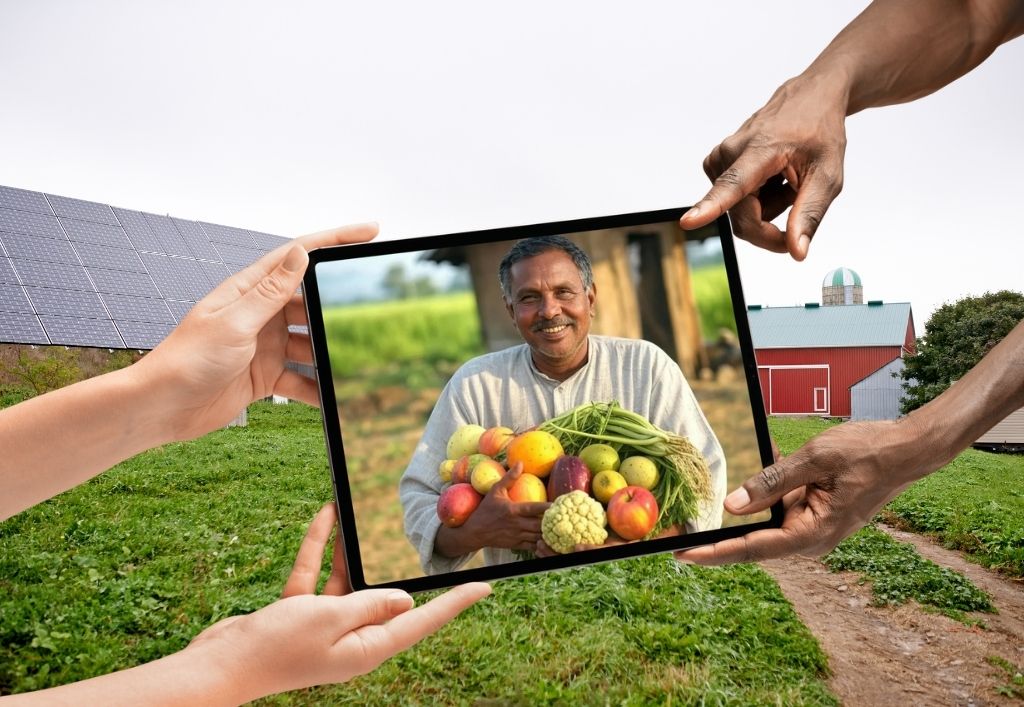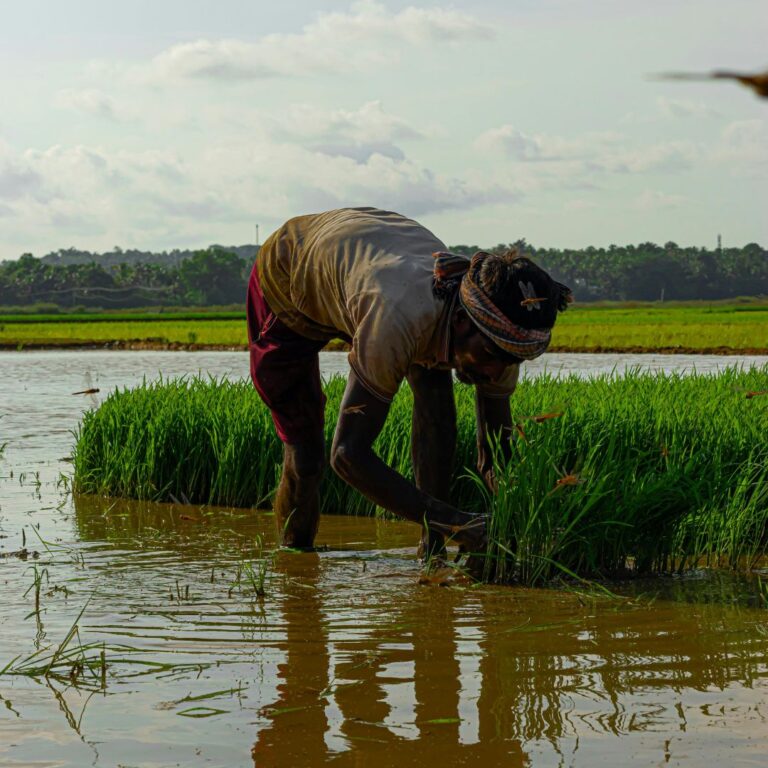Introduction: How Social Media is Transforming Farming
Agriculture is no longer just about plows and fields—it’s about hashtags, viral videos, and digital storytelling. 🚜🌱
With over 4.9 billion people using social media worldwide, farmers and agribusinesses are harnessing digital platforms to boost sales, educate consumers, and connect with industry leaders. Social media marketing isn’t just an option anymore—it’s a game-changer for modern farming.
But how exactly is social media revolutionizing agriculture? Let’s dive in! 👇
1. Why Social Media Matters for Agriculture 🌍📢
Social media bridges the gap between farmers and consumers. It allows agricultural businesses to:
✅ Increase Brand Awareness – Farmers and agribusinesses can showcase their work to a global audience.
✅ Educate Consumers – Transparency builds trust. Share insights into sustainable farming and food production.
✅ Boost Sales – Social commerce is growing, and platforms like Facebook Marketplace allow direct farm-to-consumer sales.
✅ Network with Industry Leaders – Connect with fellow farmers, suppliers, and policymakers in real time.
📌 Did You Know?
70% of agribusinesses that use social media see a significant increase in revenue!
2. Best Social Media Platforms for Farmers & Agribusinesses
Each platform serves a unique purpose in agricultural marketing. Let’s break it down:
🌾 Facebook: The Hub for Agricultural Communities
- Facebook Groups: Connect with farming communities, share experiences, and learn new techniques.
- Facebook Live: Stream farm tours or Q&A sessions to educate and engage your audience.
- Facebook Marketplace: Sell fresh produce directly to consumers.
📌 Example: John’s Organic Farm in Texas increased sales by 40% after leveraging Facebook Live to showcase their organic vegetables.

📸 Instagram: Visual Storytelling for Agriculture
- Reels & Stories: Show daily farm activities in an engaging, short-video format.
- Behind-the-Scenes Content: Educate consumers on farm-to-table processes.
- Hashtags: Use #FarmLife, #AgTech, and #SustainableFarming to increase visibility.
📌 Example: A dairy farm in California gained 10,000+ followers by sharing behind-the-scenes footage of cow milking and cheese production. 🧀
🐦 Twitter: Real-Time Agricultural News & Networking
- Follow Industry Experts: Stay updated on farming trends, policies, and climate changes.
- Engage in Twitter Chats: Participate in #AgChat discussions to connect with fellow farmers.
- Share Quick Updates: Announce new product launches, weather updates, or farm events.
📌 Example: The USDA uses Twitter to share real-time updates on agricultural policies and food safety guidelines.
📌 Pinterest: Farming Tips & DIY Solutions
- Share infographics, farm designs, and sustainable agriculture ideas.
- Pin “How-To” Guides (e.g., “How to Grow Organic Tomatoes at Home”).
🎥 YouTube: Long-Form Educational Content
- Tutorials & Farming Tips – Teach sustainable farming techniques.
- Interviews with Experts – Feature agronomists, farmers, and ag-tech innovators.
- Behind-the-Scenes Farm Operations – Show the real side of agriculture.
📌 Example: Peterson Farm Bros gained over 600K+ subscribers by sharing entertaining and educational farming videos!
3. Powerful Social Media Strategies for Agriculture Marketing 🚀

1️⃣ Educate & Inspire Through Storytelling
📌 Example Post: “Ever wondered how your morning coffee is grown? ☕🌱 Watch our farm-to-cup journey!”
2️⃣ Engage Your Audience with Interactive Content
- Polls & Quizzes: “Which crop should we plant next? 🌾🌽”
- Live Q&A Sessions: Answer farming-related questions in real time.
- Behind-the-Scenes Content: Show what happens on the farm daily.
3️⃣ Leverage Influencer & Community Marketing
- Partner with agriculture influencers to expand reach.
- Collaborate with local chefs to showcase farm-to-table recipes.
📌 Example: A small dairy farm partnered with a food blogger and saw a 500% increase in milk sales! 🥛
4️⃣ Use Paid Advertising to Reach More Customers
- Facebook & Instagram Ads: Target local consumers looking for fresh farm produce.
- YouTube Ads: Promote educational farm content to wider audiences.
4. Case Studies: Farmers Winning with Social Media

✅ Case Study #1: The Power of Instagram for Small Farmers
Sarah, a small-scale organic farmer, started sharing daily farm life content on Instagram. Within a year:
✔️ She grew her follower base from 500 to 20,000.
✔️ She started selling fresh produce directly via Instagram DMs.
✔️ Her farm became a recognized local brand.
✅ Case Study #2: Facebook Marketplace Boosting Sales
A cattle farmer in Australia used Facebook Marketplace to sell grass-fed beef. Results:
✔️ 30% sales increase in 3 months.
✔️ He eliminated middlemen & sold directly to consumers.
✔️ Built a loyal customer base through online engagement.
5. Future of Agriculture & Social Media: What’s Next?
🌱 AI-Powered Farming Content – Automated updates on crop growth.
📡 Live Drone Footage – Real-time farm monitoring via social media.
🤖 Agri-Influencers & Virtual Farming Events – More farmer education online.
Final Thoughts: Time to Take Action! 🚀

Social media is not just a trend—it’s the future of agriculture marketing. Whether you’re a small farmer or a large agribusiness, leveraging digital platforms can help you increase revenue, build brand awareness, and engage customers like never before.
✅ Start with one platform that aligns with your goals.
✅ Experiment with content types (videos, posts, live Q&As).
✅ Track your analytics and adjust your strategy.
💡 Ready to grow your farm’s digital presence? 🌱 Start today and watch your agricultural business thrive online! 🚜📲
All images created with the help of MetaAI




